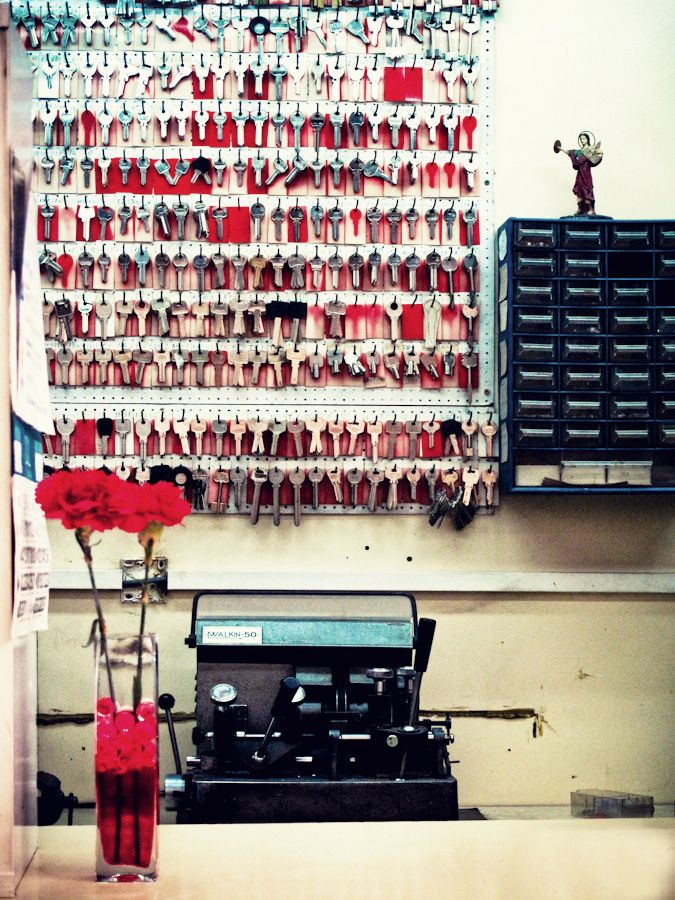
Mercado San Fernando
Reviving a model that’s both human and accessible
PREV
Text: Elisa Fuenzalida
Photography: Iaia Cocoi
While the last few years have seen a marked rise in the number of businesses moving towards a model based on collectives, small start ups and niche marketing, Lavapies’ Mercado de San Fernando stands head and shoulders above the rest. Both its history and its recent evolution play out like one of those fairy tales that inspire people to do things with love and with strength of conviction.
The story starts in the first decade following the civil war, with a wholesalers market opening on the bombed out site of the Colegio de las Escuelas Pías de San Fernando – a former school. At that time the market played an important role in the local community and economy. However at the dawn of the 21st century, the shift towards mass consumption and the rise of multinationals brought the hustle and bustle of the market’s passageways to a near standstill. All over the city, what were once important community centres became ghosts of their former selves. In San Fernando’s case, it wasn’t unusual to find recent transplants to the area completely unaware of its existence. It’s central plaza only visited, if at all by the workers on the few remaining fishmongers stalls. In short – a tragedy.
But in a neighbourhood as active, community centred and collective minded as Lava pies (it’s still the only central neighbourhood that has resisted the gentrification that has overtaken Malasaña and Chueca), the end wasn’t going to come without a fight. The Plataforma en defensa de los mercados de abastos (Platform in Defence of local Markets), an NGO dedicated to spread information about the city’s dwindling patrimony, sent out a rallying call to the many local associations and collectives looking for a space in the area. Add to that the unique magic that comes from a neighbourhood as special as Lavapies (a centre of both traditional working class Spanish and immigrant communities, of senior citizens and young artists), and…well you can guess the rest.
Within a surprisingly short time the turnaround was complete. Today, not only are all the units full but there’s a waiting list for business looking to set up shop. ‘Organic produce’, ‘fair trade’, ‘designer fashion’, ‘vintage’, ‘self employment’ and ‘recycling’, are the slogans increasingly heard in the corridors, alongside the typical cries of ‘I’ll take kilo of oranges’ and ‘How much are the eggs a dozen?’. Sustainability and innovation with an eye on the local is the attraction for the customers. The joy of being involved with a new exciting and successful model is part of the draw for the new stallholders.
And the markets central plaza? In contrast with other gentrified markets, which have given over their communal spaces to elitist gourmet food stalls; it’s not just reserved for the consuming of products bought on site. Gigs, book presentations, theatre performances and, yes, local neighborhood asembleas are all held hear. This is a story of rehabilitation, not just of a market, but of a model of trade that’s based on human interaction, and accessible to all price brackets. It’s the story of a second lease of life given to a neighborhood’s soul, where today you can once again hear grandmas haggling, children giggling or a clarinet soloing, as well as the clink of vermouth glasses and the laid back conversation of people who’ve forgotten they just popped down to the shops.
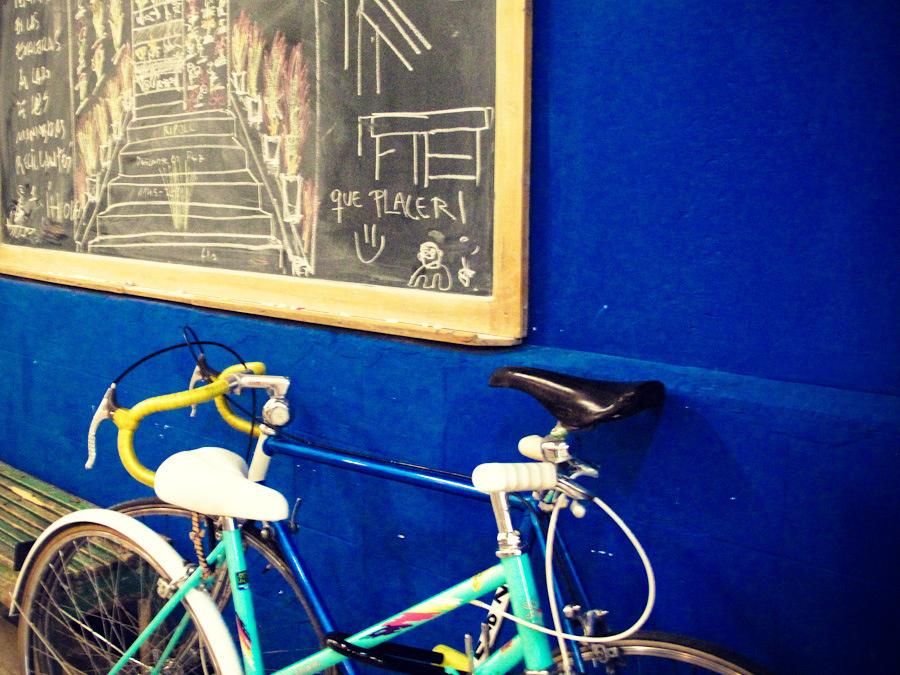
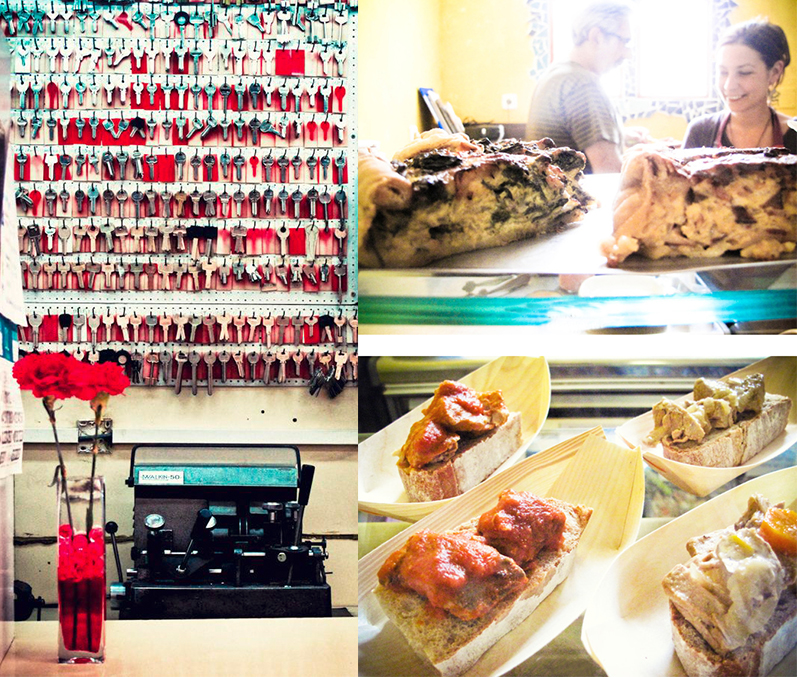
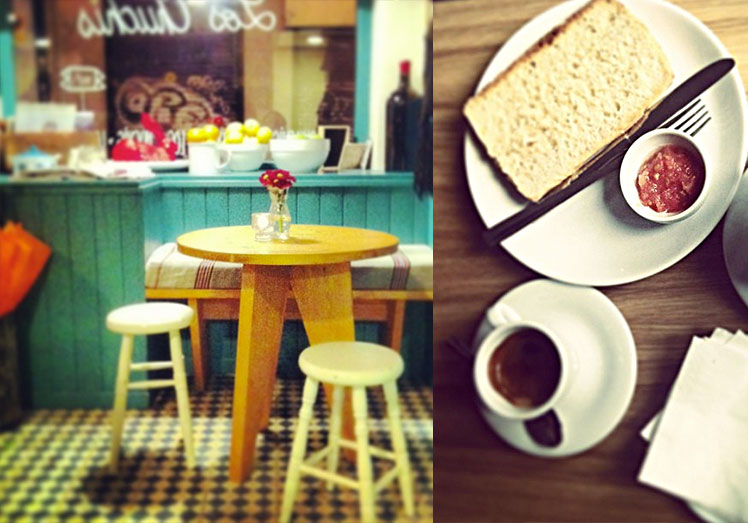
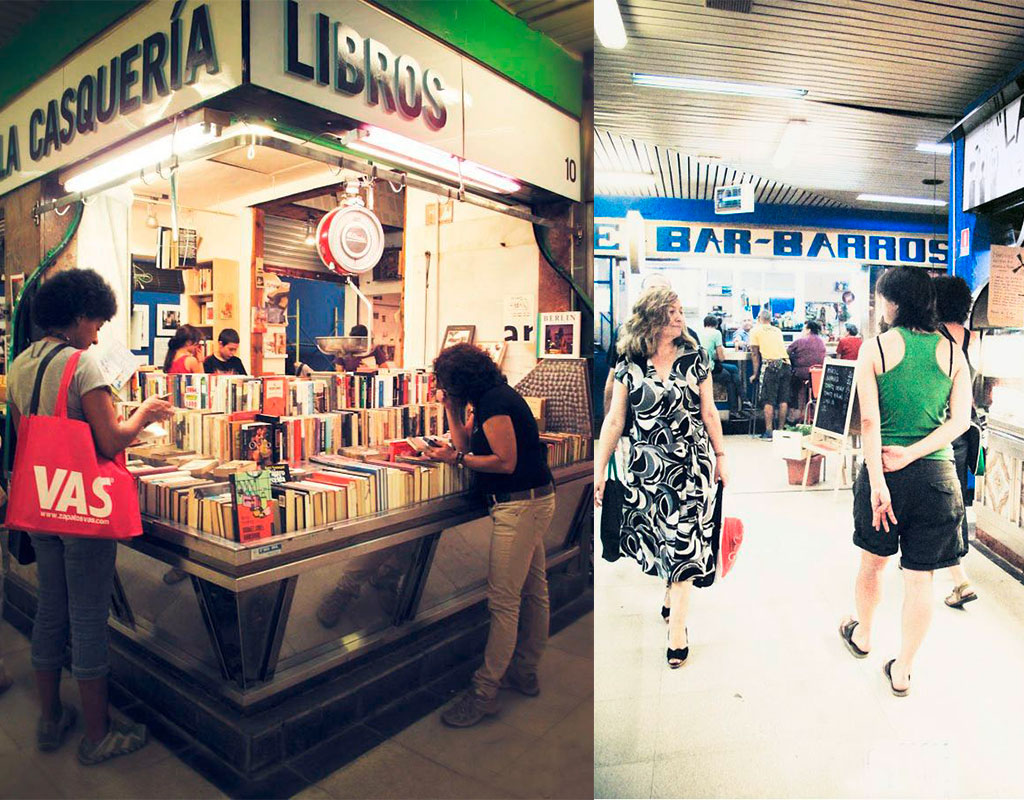
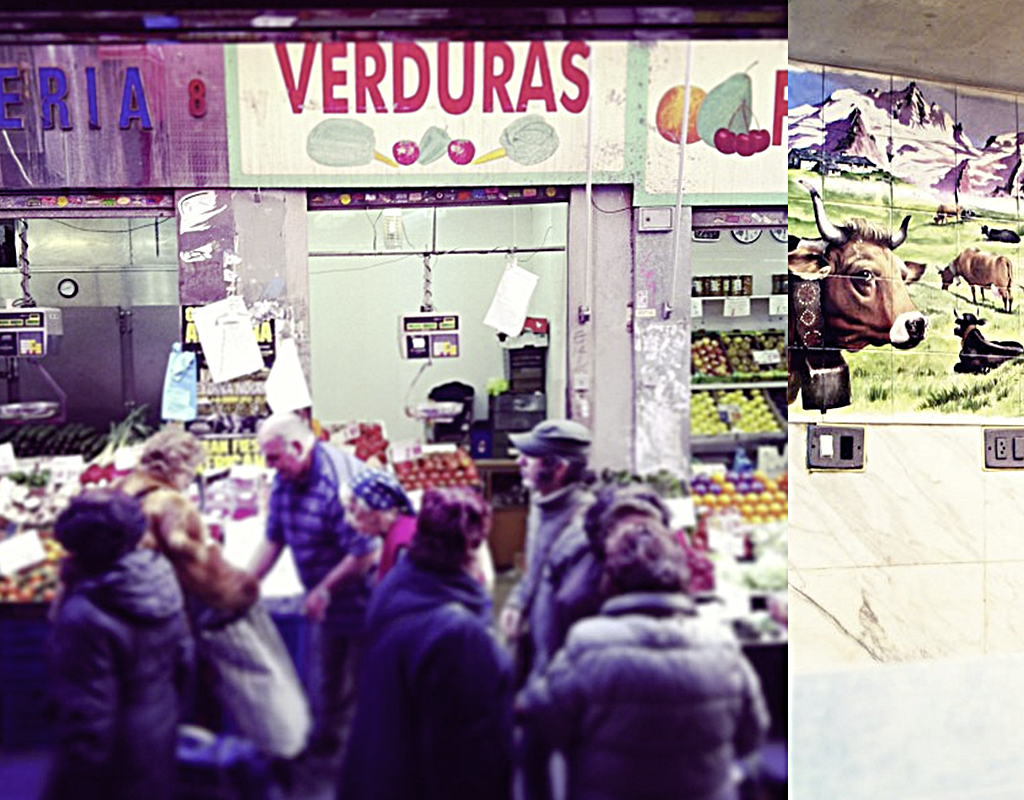
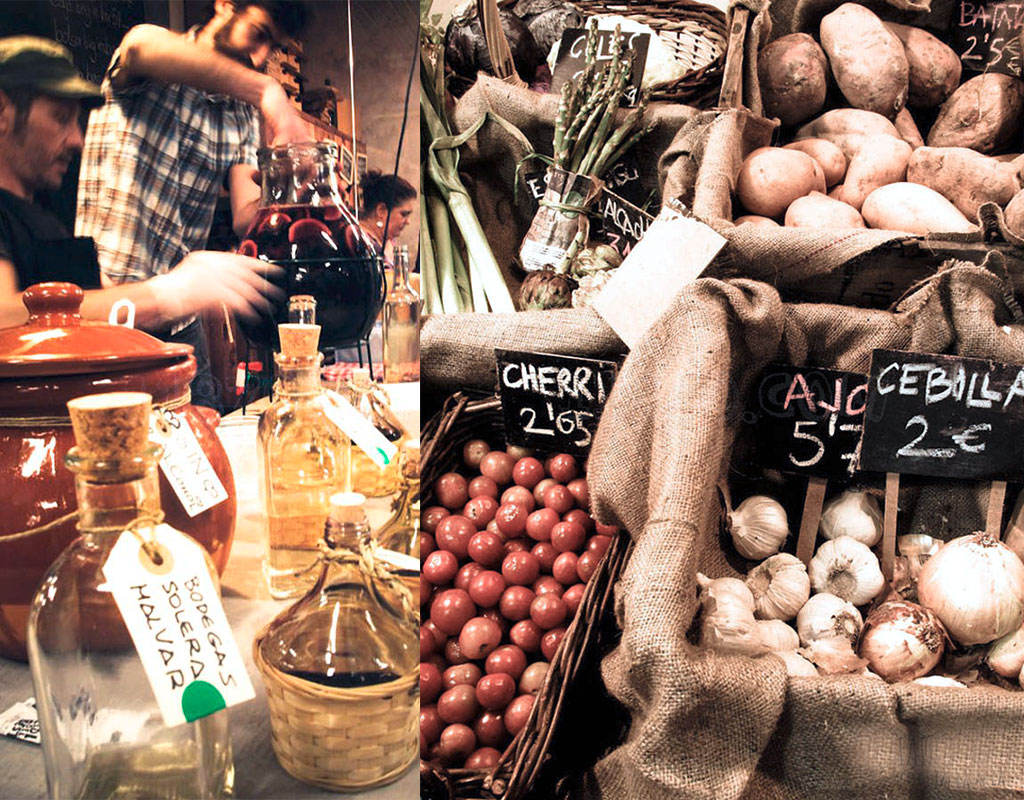
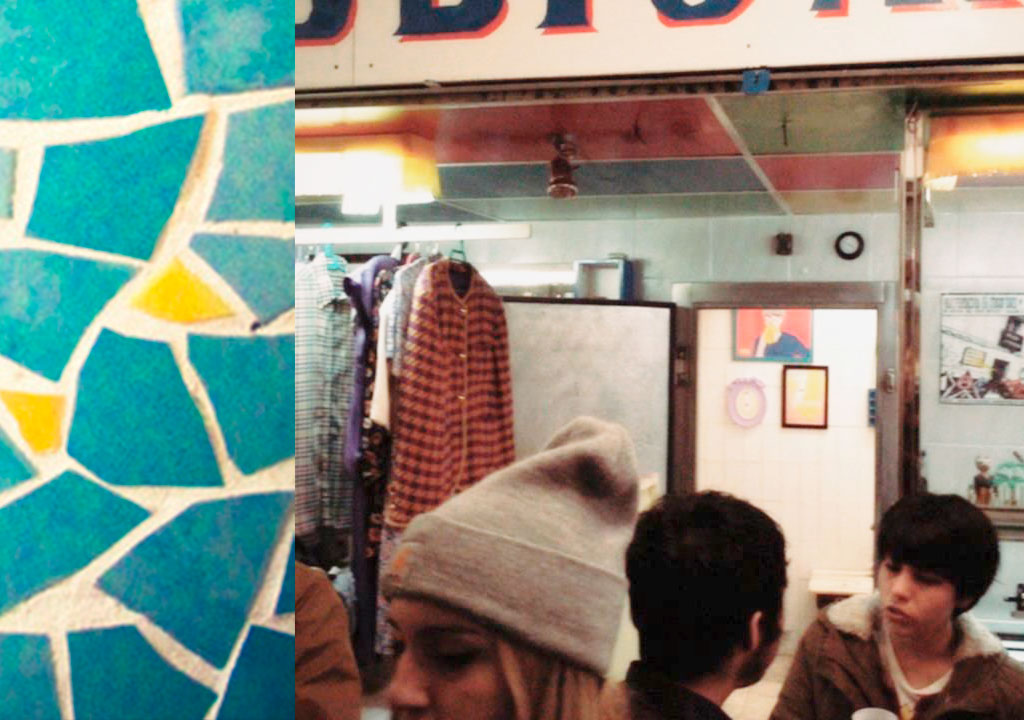
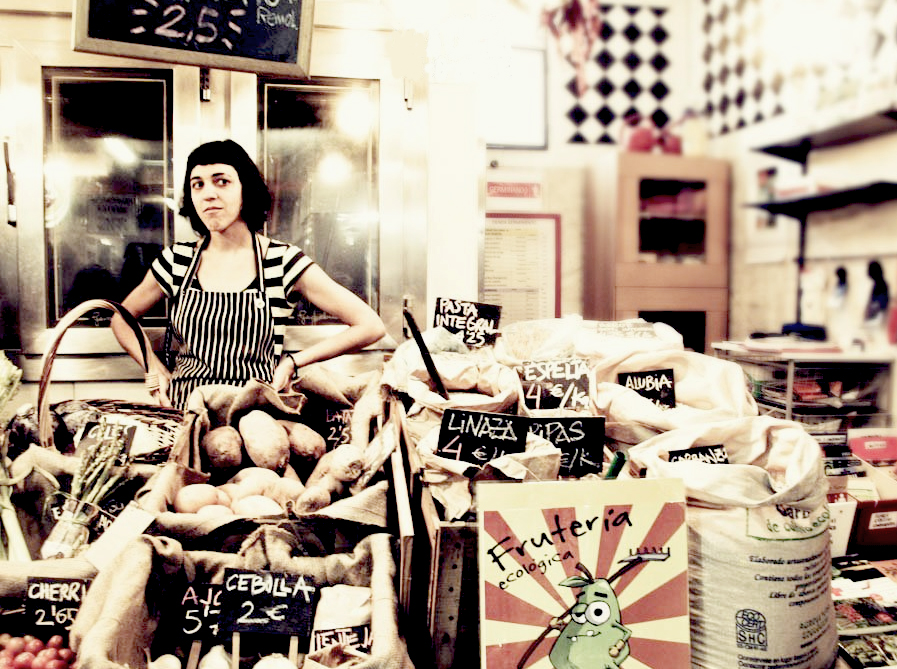
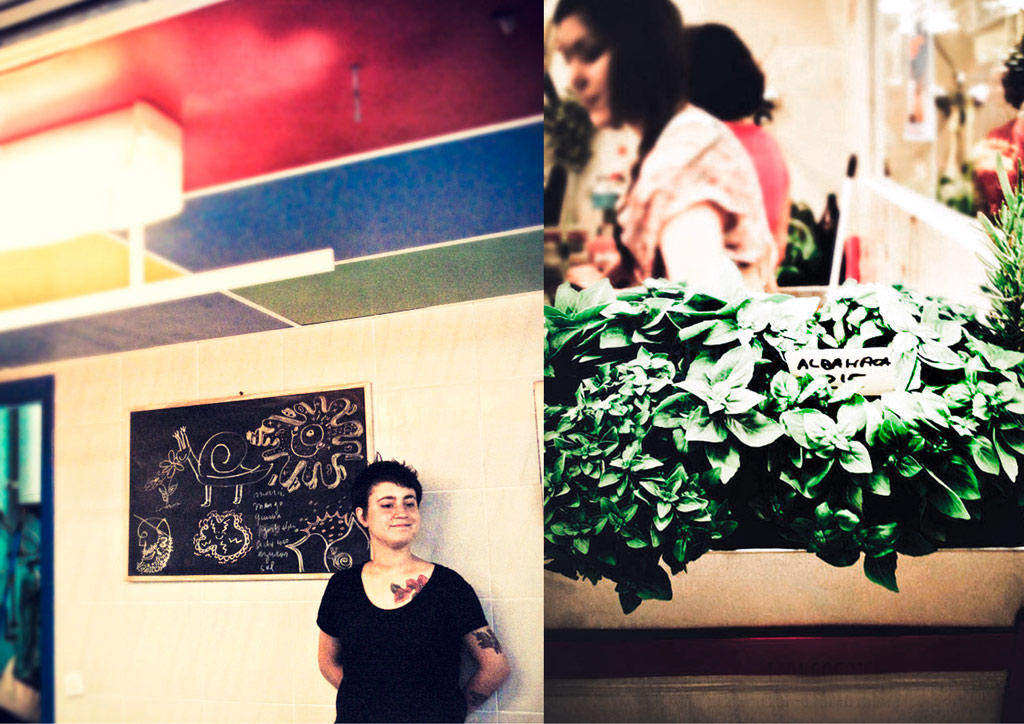
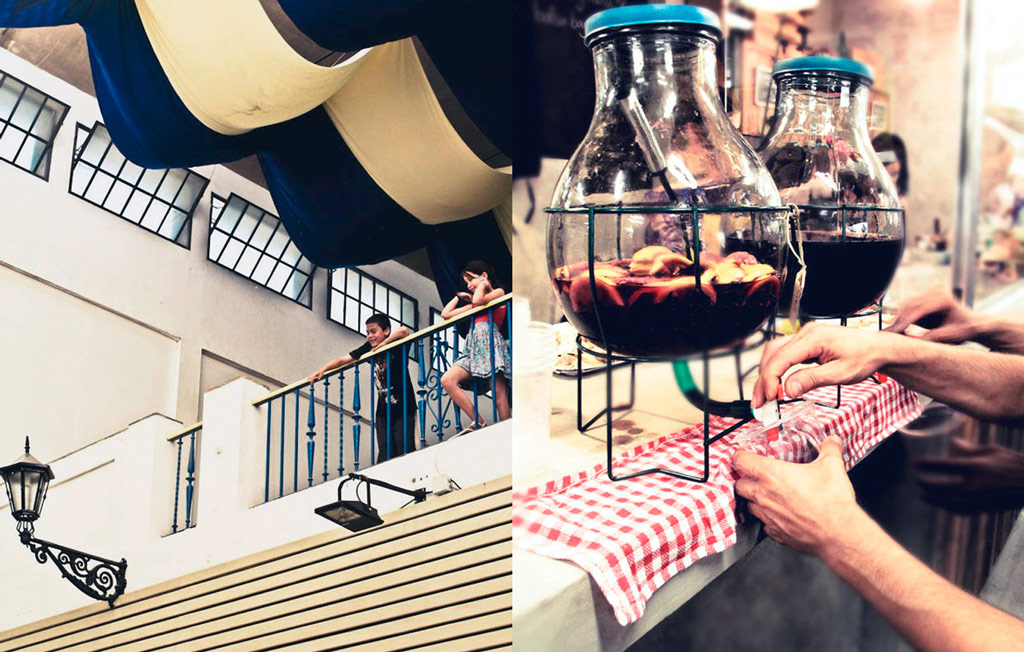
Mercado San Fernando
28012 MADRID









